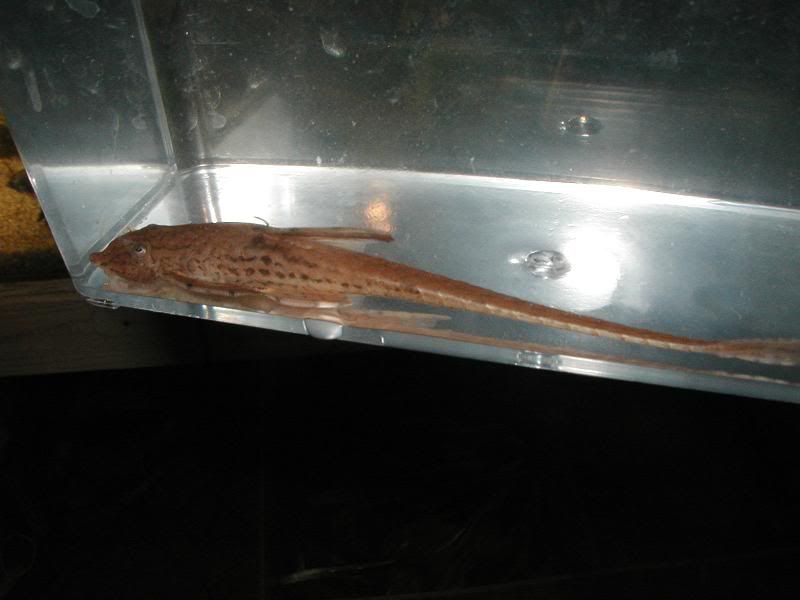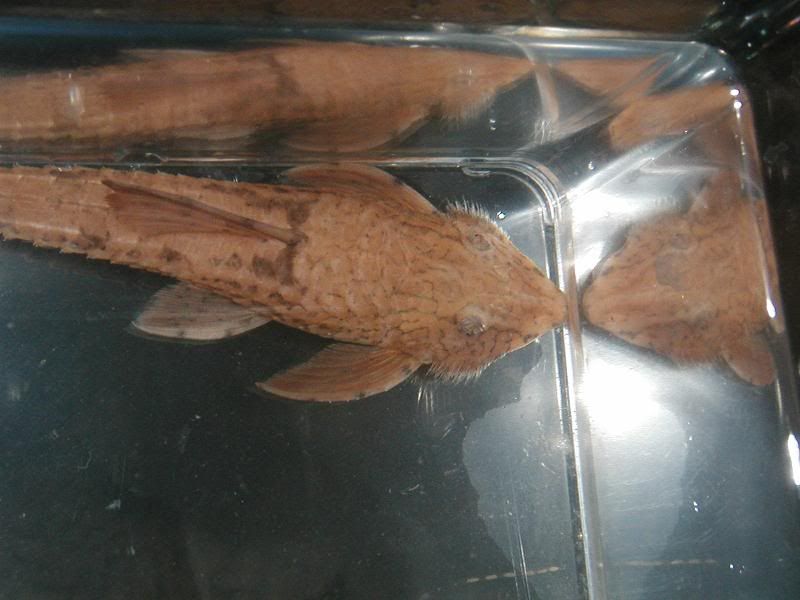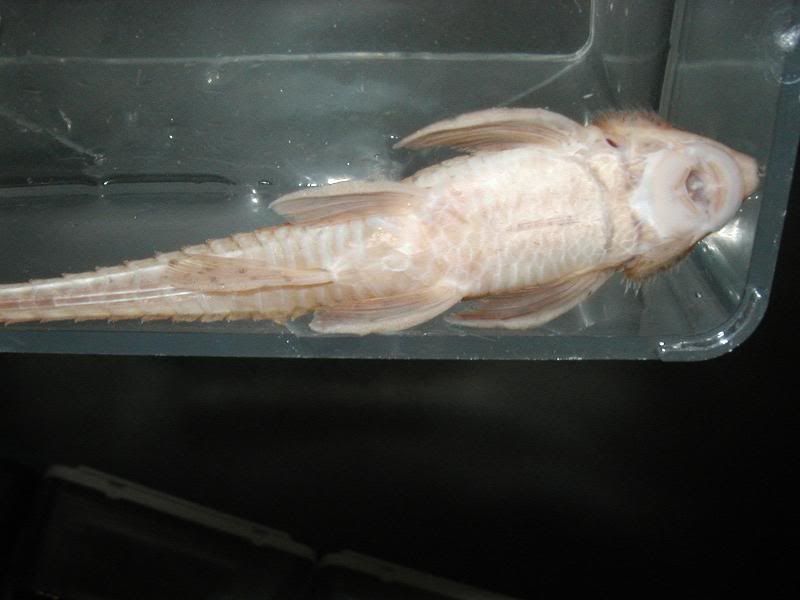Page 1 of 1
id help with Colombian Loricariid
Posted: 10 May 2006, 12:50
by anubiasdesign
Hello Everyone,
I received these from Colombia this week as Lamontichthys 'Rio Magdalena.' I've never seen this species before and can't identify it by comparing to the Cat-elog photos. I appreciate your thoughts on what they are. This is the first time I've posted here, so I hope I do the pics correctly.
Thank you,
Mark
http://ph.groups.yahoo.com/group/anubia ... w/f65f?b=1
[/img]
http://ph.groups.yahoo.com/group/anubia ... =4&m=s&o=0

[/url]
Posted: 10 May 2006, 13:14
by bedwetter
Mark, I wasn't able to see your pics. Only the first link worked, but it required logging in.
For the other two, you have to change the code. For each, you have to put the url between [img]url[/img].
I won't be able to help ID your fish, but I look forward to seeing the pics - Lamonichthys are so cool

jeff
Colombian Loricariid
Posted: 10 May 2006, 13:35
by anubiasdesign
Well, obviously that didn't work so I loaded the pics onto Photobucket and will try this again.
Thanks,
Mark





[/img]
Posted: 10 May 2006, 13:48
by pturley
I beleive you are looking at a
(The link didn't work, but check the Cat-ELog.)
Posted: 10 May 2006, 13:52
by racoll
I would say those fish are Sturisomatichthys, not Lamontichthys.
Possibly two different spp.
Posted: 10 May 2006, 13:54
by Al
Posted: 10 May 2006, 14:04
by racoll
In the forth pic, I think I can see the odontodes on the posterior lateral plates associated with Sturisomatichthys sp. "Colombia II"
Wels Atlas 2, page 546.
Posted: 23 May 2006, 21:57
by HaakonH
Picture 4 shows a very nice reddish colouring on this specimen. I have seen this in Farlowella too, but apparently they loose this reddish hue after living in captivity for a while. Does anybody know what this actually is, could it possibly have to do with a certain food source they have in their natural habitat but lack in the aquarium?
Posted: 24 May 2006, 15:39
by Mike_Noren
I have no experience with these catfish, but the general rule is that if you want a fish which is red or yellow in nature, but fades in captivity, to remain red, you feed it astaxanthin-enriched food.
That would imply that the fish eats large amounts of either single-celled algae or small crustaceans in nature, I do not know if this is a realistic assumption for these catfish.
Posted: 24 May 2006, 18:45
by skh
Hi Mark,
I think it is Sturisomatichthys sp. "Columbia" or "Kolumbien" as Hans and Ingo called them. I received 7 specimens more than ten years ago (1994?) when I moved to Berlin and I am currently breeding them in the 3rd generation. The colour patterns from the first offspring turned out to be very variable ranging from almost yellow without any dark patterns (like in the old book "Handbuch der Welskunde" from Franke) to almost black. The wild-caught grew to more than 16cm within three years and the last wild-caught died about two years ago. The F1 and F2 never grew larger than about 12cm in my tanks. Some friends of mine reported a maxim length of 10cm. How long is your fish?
They are easy to breed with breeding success being around 100% fertilized eggs (numbers ranging from 80 to 130 eggs). The larvae, however, are relatively difficult to raise. I had the best success raising them together with your Otocinclus but never more than 30% grew up.
all the best with your new fish - they are great.
cheers
Stefan
Posted: 29 May 2006, 01:39
by MIKE
it looks like a whip tail catfish
 [/url]
[/url] [/url]
[/url]



 [/img]
[/img]